{ This post was written by my lovely and supremely talented friend, Shirin }
The Junior Youth Spiritual Empowerment Program is a Baha’i sponsored program for youth aged 11 to 15 years old aimed towards thinking about their inner lives and actions and how they can contribute to the betterment of their community through service projects. Service projects for these groups generally consist of feeding the homeless, beach clean ups, etc. Although these projects are good for community life and teach younger generations to do selfless acts for others, they may not be stimulating enough to motivate the youth to pursuit altruistic endeavors and encourage growth, which can have a real impact on future community efforts. Often the junior youth don’t feel that their service is truly affecting their community or drawing on their unique skills as individuals. One of the first books in the junior youth program, Breezes of Confirmation, talks about finding and cultivating one’s talents. So, why not use their talents and interests in learning to engage them in service in a way that is compelling to them.
My interest as an artist is to find out how people can become empowered to lead their own communities and fuel change by drawing on their creativity. A lot of my practice deals with Socially Engaged Art, which is the idea of doing exactly this in different settings. Socially engaged art often takes a structure that people are already familiar with and creates something within the structure that highlights a social condition and allows people to interact with it as co-creators.
Five Examples of Socially Engaged Art
Fallen Fruit
“Fallen Fruit is a project that invites the public to bring homegrown or street-picked fruit and collaborate with others in making collective fruit jams. Working without recipes, they ask people to sit with others they do not already know and negotiate what kind of jam to make: Each jam is a social experiment. It is a collaboration with the public as well as each other.”
This is a project with an easy format which brings people together in a local community through collective action facilitating community building. The project relies on everyone’s input and participation and the products people make from this event will encourage people to think about the collective community and connections made for weeks or months after while enjoying the jam.
Wall of Kindness by Unknown
“If you don’t need it, leave it. If you need it, take it.”
Wall of Kindness is a good example of how a project can make a big impact with little resources and how simple that can be.
Haircuts by Children by Mammalian Diving Reflex
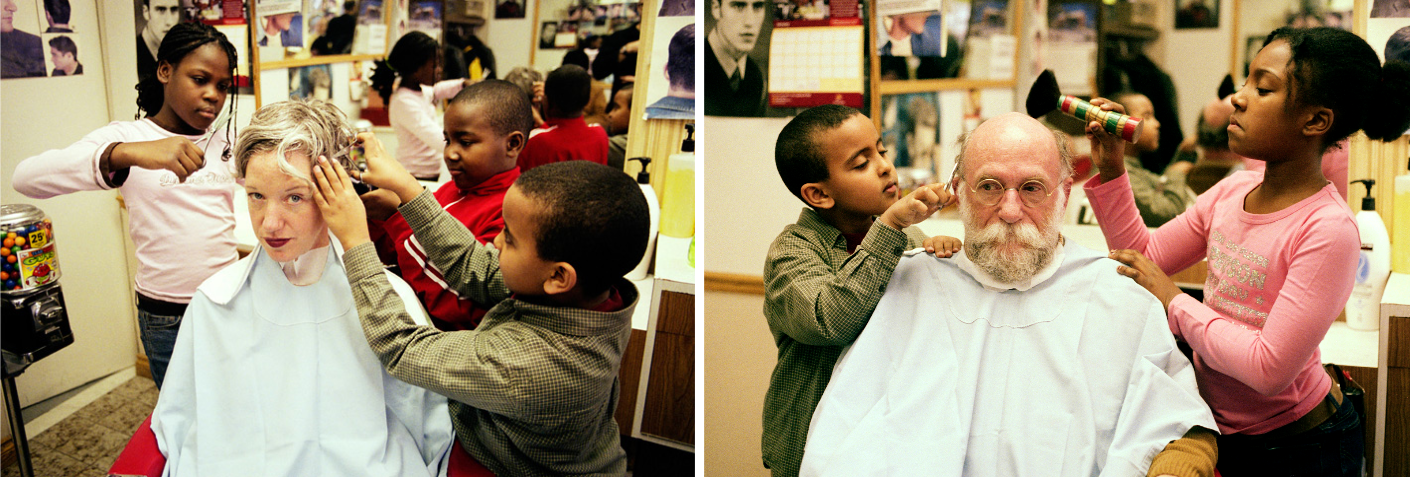 “For one day, fifth and sixth grade students from Toronto’s Parkdale public school provided hair cuts free of charge, in hair salons across the city. Using the tresses of mannequin heads, they trained for one week with professional stylists, learning how to trim bangs, add color, shave necklines, create long layers, and use a blow dryer. While adults provided supervision during the sessions, most patrons trusted the novice hairdressers, who worked in pairs or groups, to make aesthetic decisions like color choices and hair length, on their own. The project which later traveled internationally, culminating in a two-day series of performances at the Milk International Children’s Festival of the Arts back in Toronto.
“For one day, fifth and sixth grade students from Toronto’s Parkdale public school provided hair cuts free of charge, in hair salons across the city. Using the tresses of mannequin heads, they trained for one week with professional stylists, learning how to trim bangs, add color, shave necklines, create long layers, and use a blow dryer. While adults provided supervision during the sessions, most patrons trusted the novice hairdressers, who worked in pairs or groups, to make aesthetic decisions like color choices and hair length, on their own. The project which later traveled internationally, culminating in a two-day series of performances at the Milk International Children’s Festival of the Arts back in Toronto.
To that end, haircuts leveraged the image of children performing a highly specialized, and personal, form or labor, as well as the often precocious nature of 10 to 12 year olds, to convey a larger message: If children can be empowered as creative thinkers and decision makers, shouldn’t they be allowed to vote, too?”
Haircuts by Children highlights that service can be done for the groups own interest and the haircuts were self empowering because it changed perceptions of what the children are capable of. This highlights how socially engaged art can be about raising consciousness not only about service in traditional sense.
This is Not a Bookstore by The Library of Tactical Knowledge
This is Not a Bookstore uses students’ own interests to share information with their surrounding community. By sharing this knowledge, they are being of service while drawing on their own interests and what’s important to them in a creative way. They thus inform the people around them about what they are going through and raising consciousness around greater issues.
Free Text by Stephanie Syjuco
Free Text takes the form of public tear-off posting to distribute texts, and empower the distribution of knowledge.
The Influence of Socially Engaged Art
I showed these different projects to convey how much they can vary by using simple resources and individuals’ skills and interests within it to raise consciousness as a form of service and coming together.
Socially engaged art is not about artists coming into communities with preconceived notions on what communities need, but, instead, is about responding to specific conditions and facilitating the community to be empowered to participate in the direction of projects.
Some of these projects might seem really creative but people don’t need to be “artists” or “creatives” to begin implementing these steps towards change within one’s community. The listed projects above can be adapted to one’s own community.
Helping Create Socially Engaged Art by Preteens
I wanted to show you how I think about implementing some of the methodologies of socially engaged art in the junior youth group I am animating.
Identify their interests, talents, and skills: We identified my group’s interest and skills in making and editing videos.
What issues do they want to remedy: They saw that people in their community were often discriminated against and not seen as complex individuals.
My job: Encourage them to use their interests to tackle the issue: The group wanted to start a YouTube channel and write interview questions for different people that lived in their neighborhood to show a different side of them that most people may not see.
Push it further: As the animator, I encourage them to think bigger. Everyone has a YouTube channel and it’s great to make content to share, but the only people that may ever see it are their friends. The idea to become more effective was to subtitle their videos and project them onto different walls surrounding their neighborhood to engage others and bringing awareness through raising consciousness.
Result: They managed to change the perception of the people that live in their neighborhood in a positive way, nurtured unity and created bonds of friendship to blossom among community members.
Final Thoughts
The Junior Youth Empowerment Program is a great format for combining art with doing acts of service to utilize the interests and talents of the group to make more meaningful and long term change within their communities.
To get more ideas of what socially engaged art can look like two books I recommend for reading are Living as Form by Nato Thompson and The Socially Engaged Art Handbook by Pablo Helguera.
If you have some ideas for alternative service projects your Junior Youth may be interested in doing share them in the comments below!


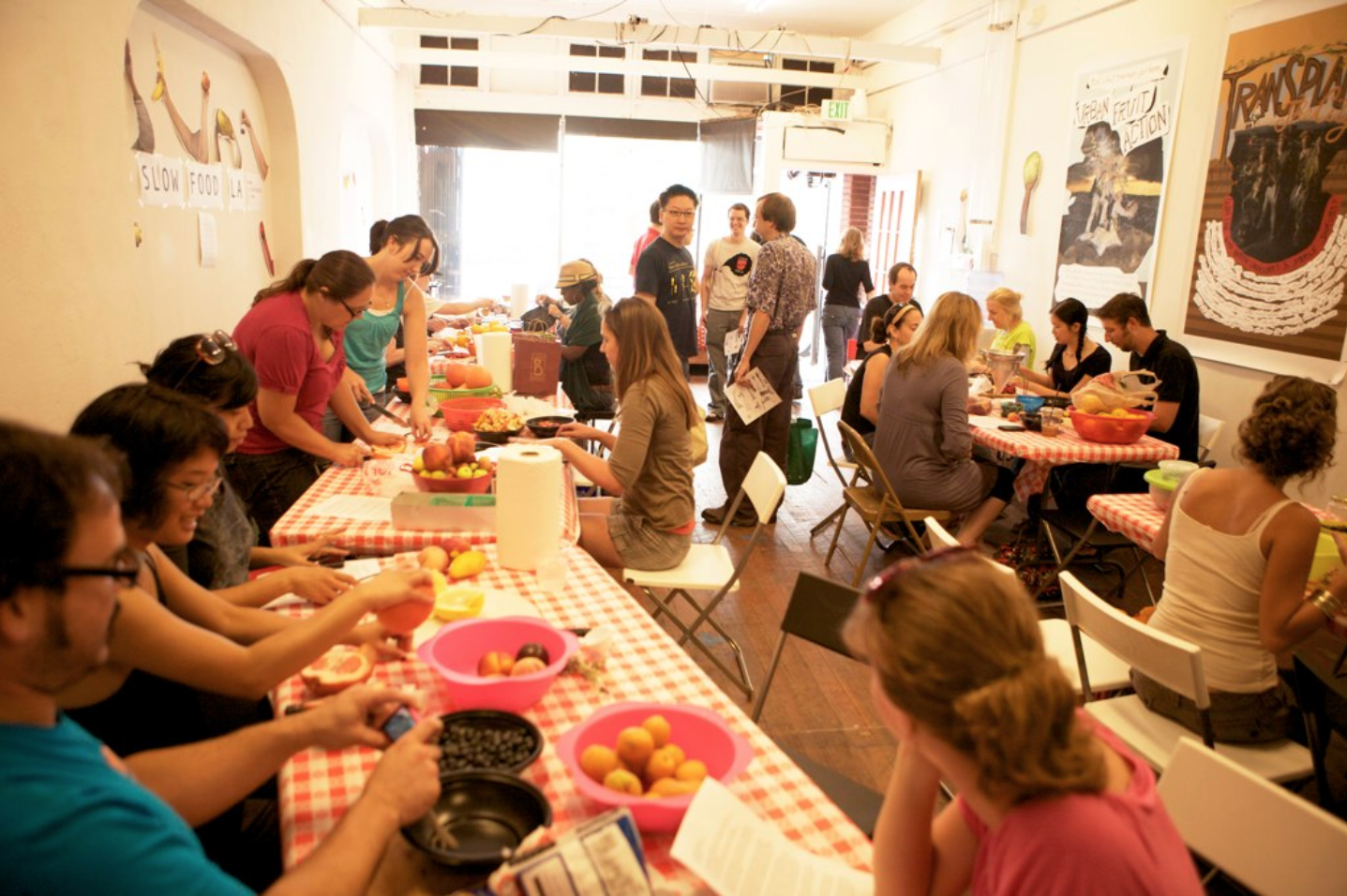
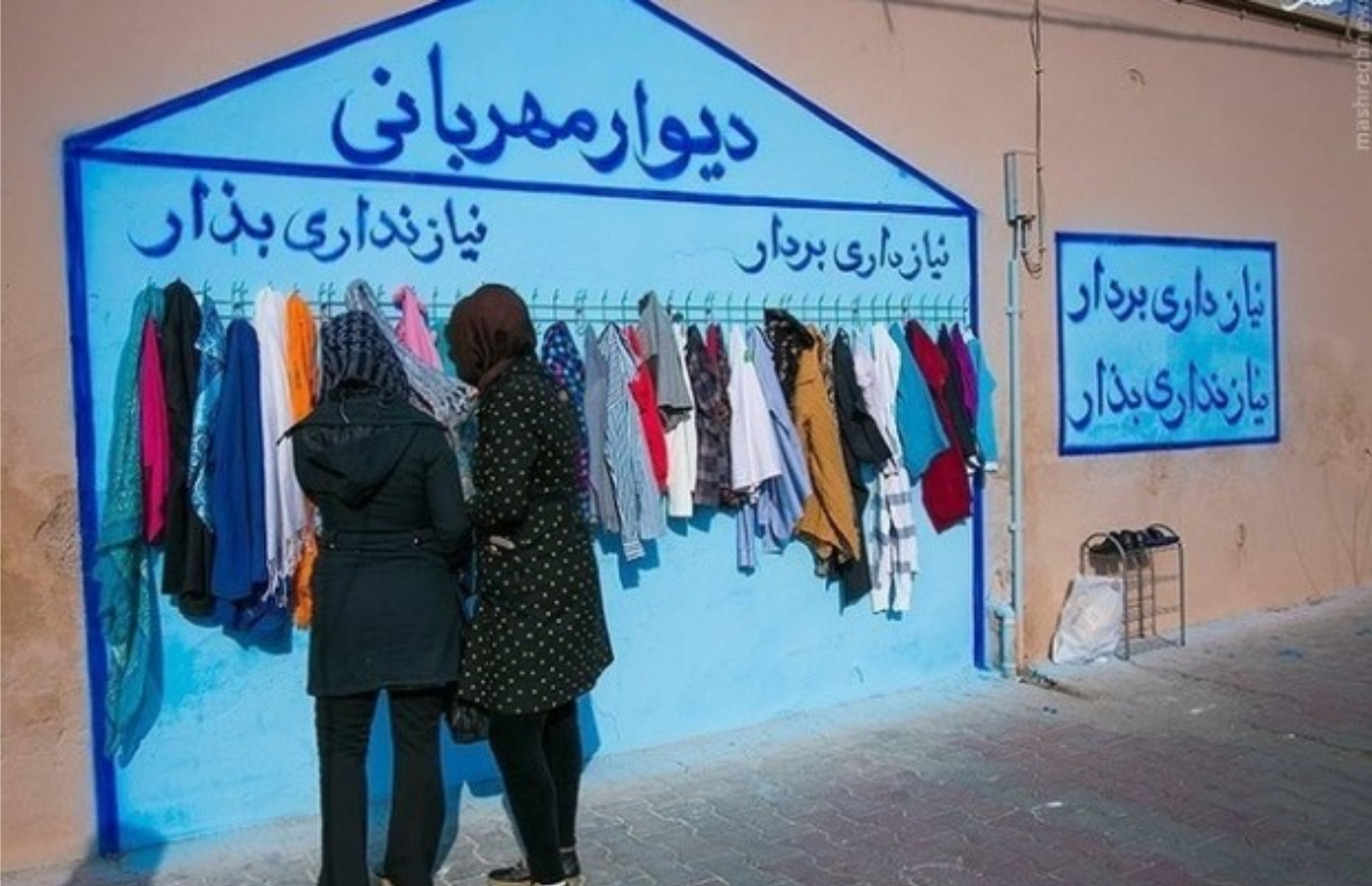
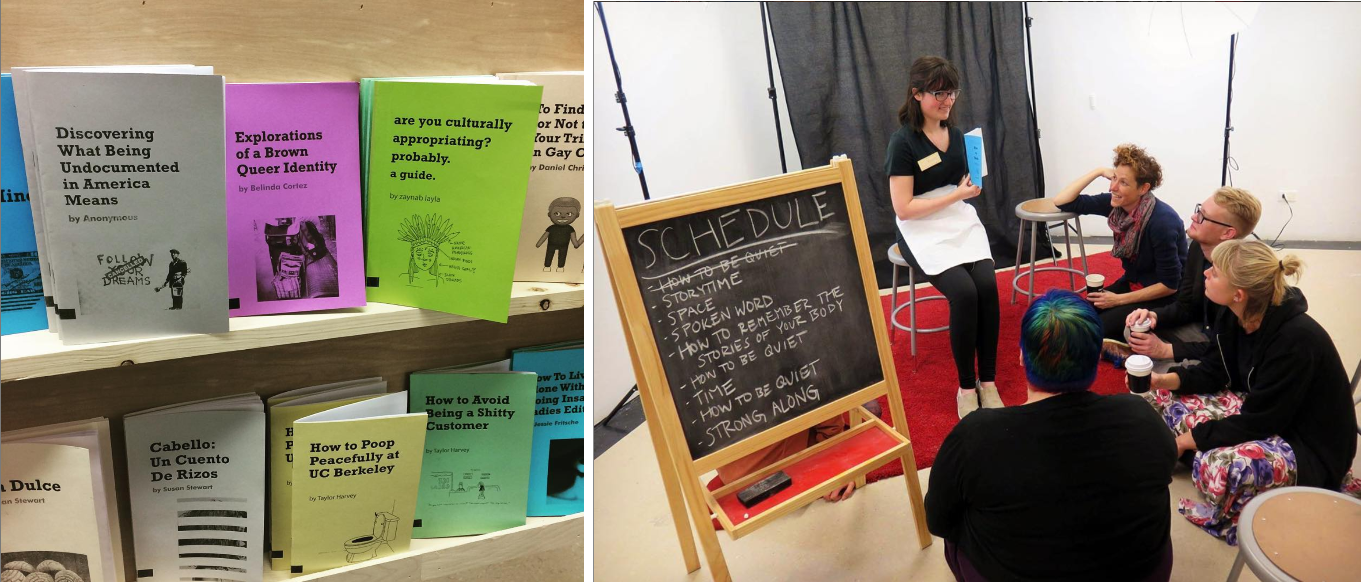
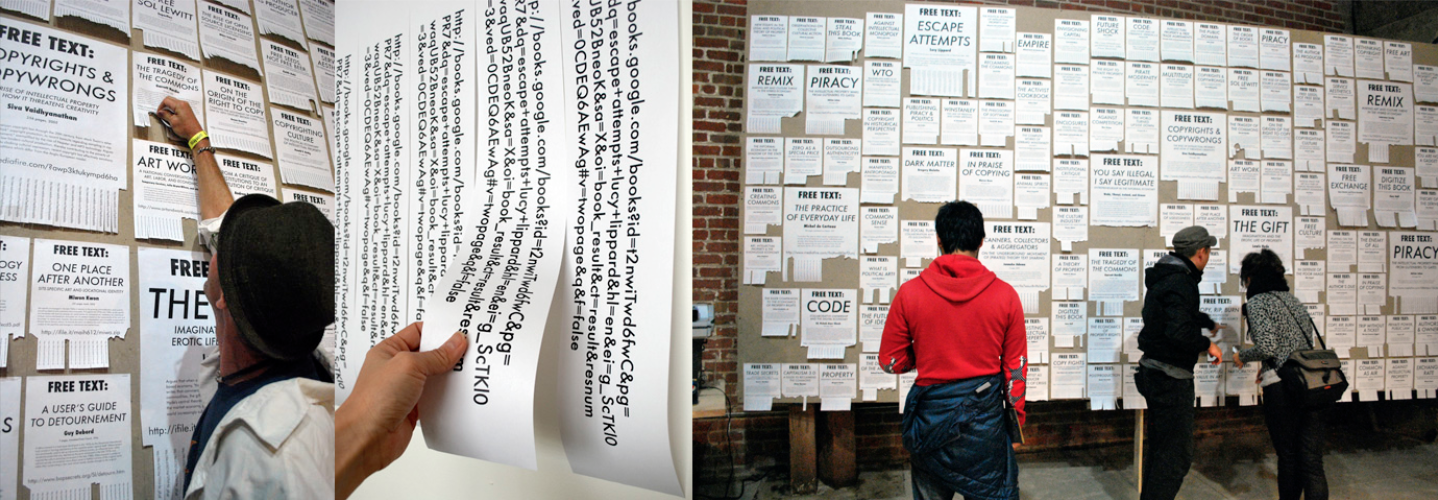
I love the concept of social art and youth service projects. This is so fulfilling for these kids for them to engage in such meaningful community projects.
Wow what a beautiful iniative. Teaching children to be selfless in such a selfish world. This was a lovely read. Thank you for sharing x
Great ideas. It’s important for our youth to have self awareness within their communities. I especially love the haircuts by children.
I find this FASCINATING!! Thank you for sharing! My kids and I are hoping to engage in intentional service/engagement this coming year, and your post has given me something to think about in terms of connecting our activity to their passions. Also, the community jam making is SUCH an interesting idea!!!
All I can say is wow! That’s incredible. I love the “Wall of Kindness”. I wish we all felt like helping people in the community we live it was important. Such a truly good thing to teach children and in an incredibly creative way.
That sounds like an absolutely fabulous program!
What wonderful examples of projects young people can pursue to improve their communities. Yes, volunteering at a food bank or cleaning up a park are the go-to activities for volunteering, but there’s so much more we all can do—and ways we can use our talents and passions to serve others. Thanks for these ideas!